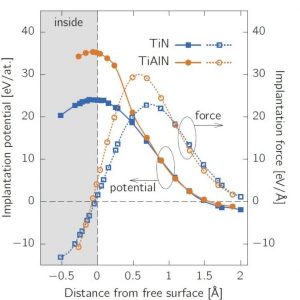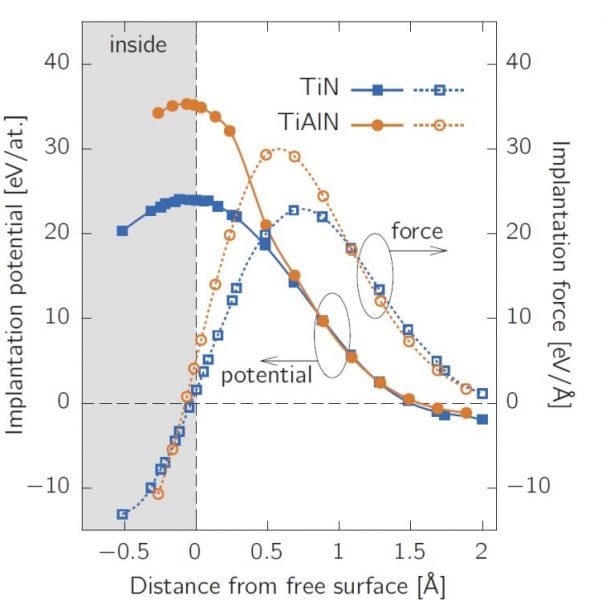 Theoretical modelling has become an integral part of modern materials science. It complements experiments well by providing insights beyond experimental resolution, allowing material response to be studied under well controlled conditions, and guiding experiment by pre-selecting suitable candidates based on various application-related requirements. This review presents a selection of atomistic methods ranging from molecular dynamics, Monte Carlo, to quantum mechanical calculation within a widely used framework of Density Functional Theory. Their specific application is demonstrated on selected problems, such phase stability (which crystal structure is preferable for a given chemical composition?), elasticity (single and polycrystalline elastic properties), electronic structure (prediction of electron energy loss spectra), point defects and surface phenomena (adatom adsorption or implantation during surface bombardment, size dependence of surface induced excess energy), and thermodynamic properties (such as thermal expansion or temperature-induced phase transformations). These examples also employ various material systems, from ceramic nitride-based solid solution (used as protective hard coatings) to intermetallic alloys (such as light-weight titanium aluminides) to gold metallic nanoparticles. A rich selection of related publications provides sufficient resources for interested reader. Finally, outlook for near-future directions of atomistic-based modelling for materials science applications is given at the end.
Theoretical modelling has become an integral part of modern materials science. It complements experiments well by providing insights beyond experimental resolution, allowing material response to be studied under well controlled conditions, and guiding experiment by pre-selecting suitable candidates based on various application-related requirements. This review presents a selection of atomistic methods ranging from molecular dynamics, Monte Carlo, to quantum mechanical calculation within a widely used framework of Density Functional Theory. Their specific application is demonstrated on selected problems, such phase stability (which crystal structure is preferable for a given chemical composition?), elasticity (single and polycrystalline elastic properties), electronic structure (prediction of electron energy loss spectra), point defects and surface phenomena (adatom adsorption or implantation during surface bombardment, size dependence of surface induced excess energy), and thermodynamic properties (such as thermal expansion or temperature-induced phase transformations). These examples also employ various material systems, from ceramic nitride-based solid solution (used as protective hard coatings) to intermetallic alloys (such as light-weight titanium aluminides) to gold metallic nanoparticles. A rich selection of related publications provides sufficient resources for interested reader. Finally, outlook for near-future directions of atomistic-based modelling for materials science applications is given at the end.
Walking on Air: Pneumatic System Enables Autonomous Motion in Soft Robots
Robot fabrication in a single step with a desktop 3D printer and pressurised gas.

















